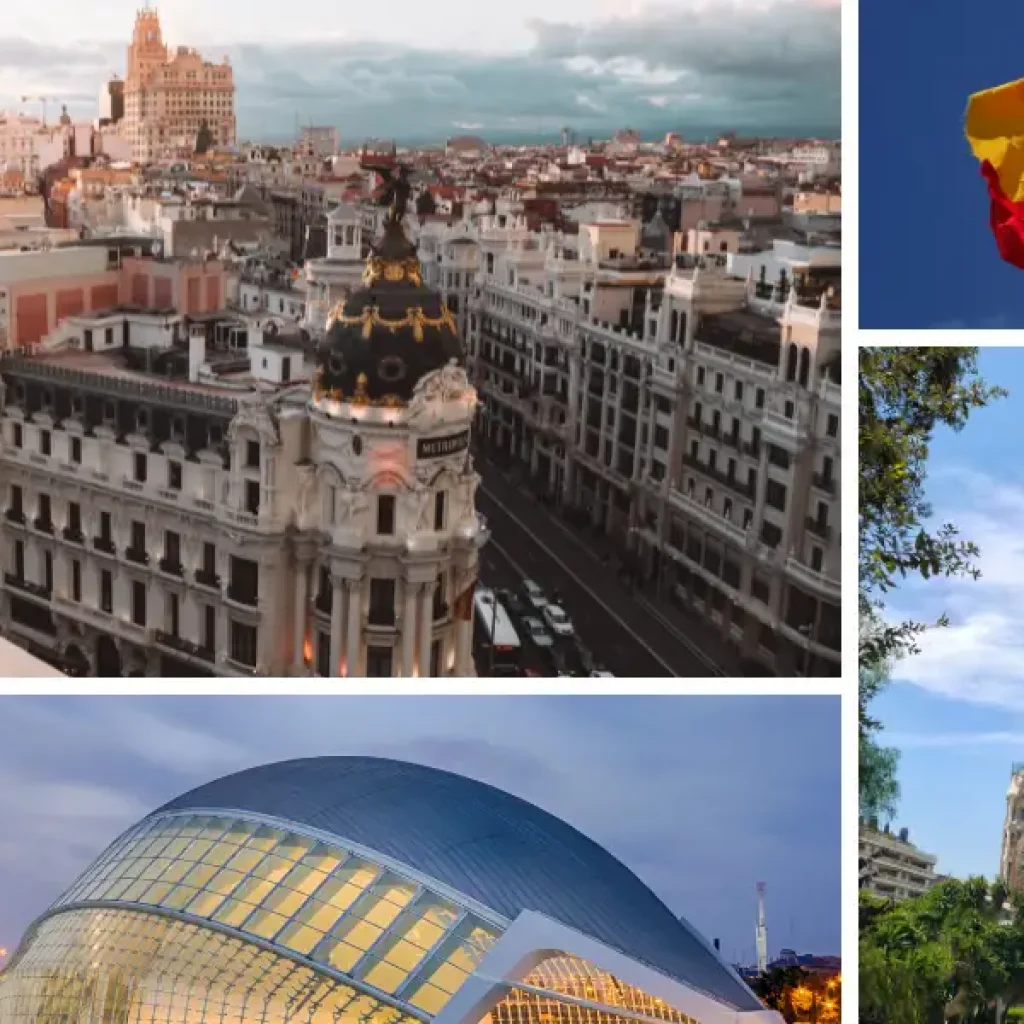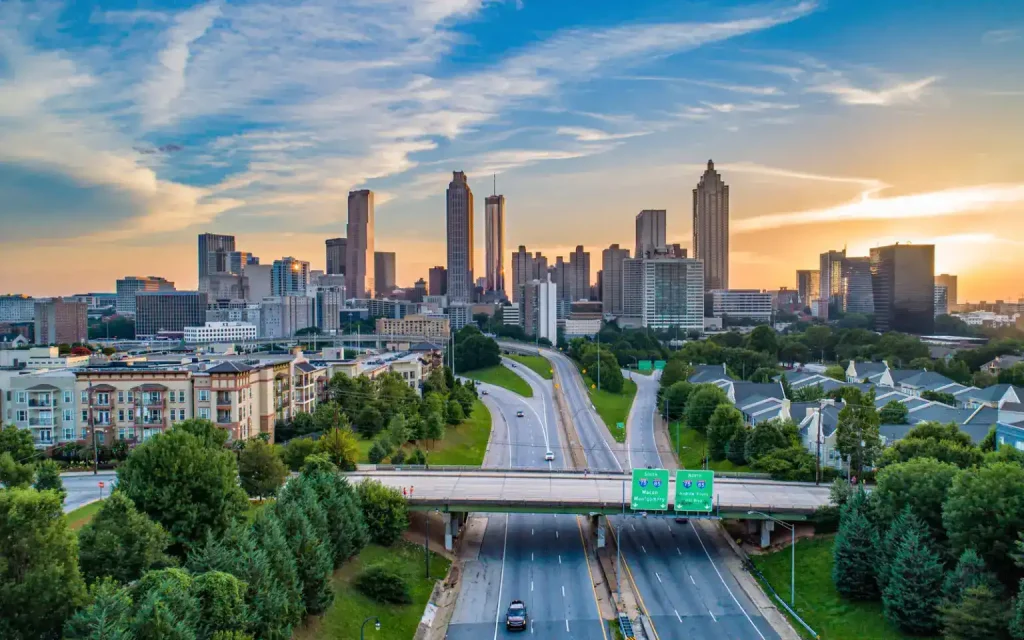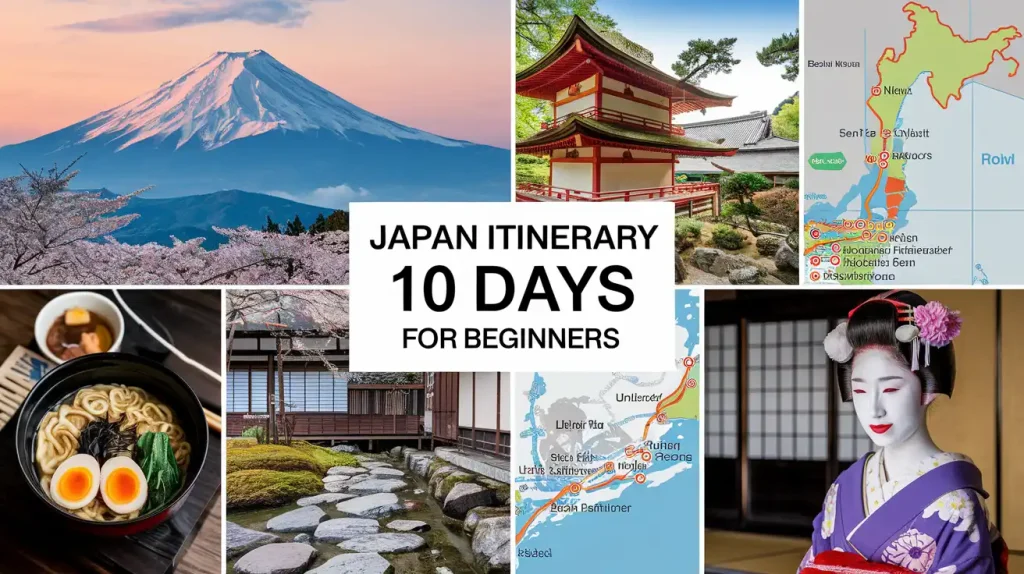Can I Visit City of Wari? Everything You Should Know
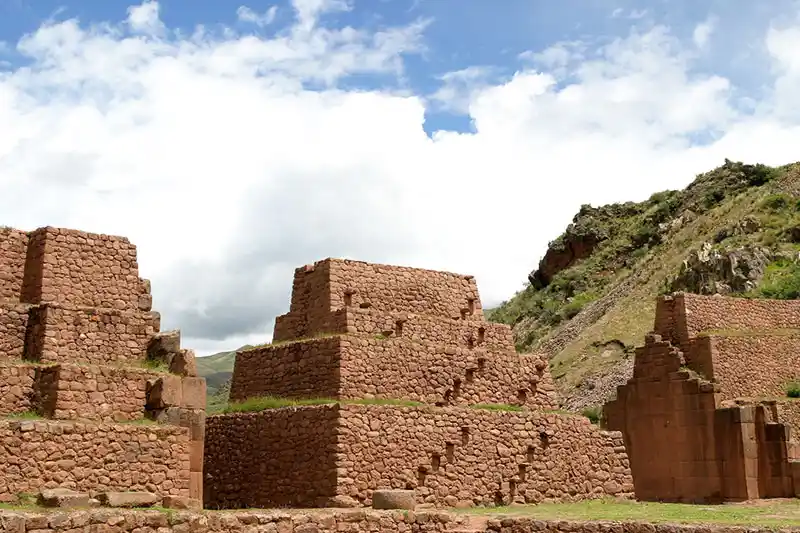
Ever think about slipping off the beaten path in Peru.. slipping past Machu Picchu crowds to something quieter, something more… off-grid? Well, tucked in the highlands near Ayacucho is the City of Wari, once the heart of a pre‑Incan empire.
When I first heard of the Wari archaeological site, I pictured silent stone plazas and unfinished excavations—and I guess I was right, but there’s more soul in that silence than you’d expect.
So, the big question—Can I visit City of Wari? Yes, you can—and you should, if you’re up for something ancient, raw, and slightly under the radar.
Can I Visit City of Wari? A Complete Guide
This guide will walk you through everything: how to get there, what you’ll actually see (spoiler alert: not much commercial fluff), why it matters, and how to prepare.
By the end you’ll know whether Wari is a pit stop or the main show on your Machu Picchu Peru itinerary.
📜 What Is the City of Wari?
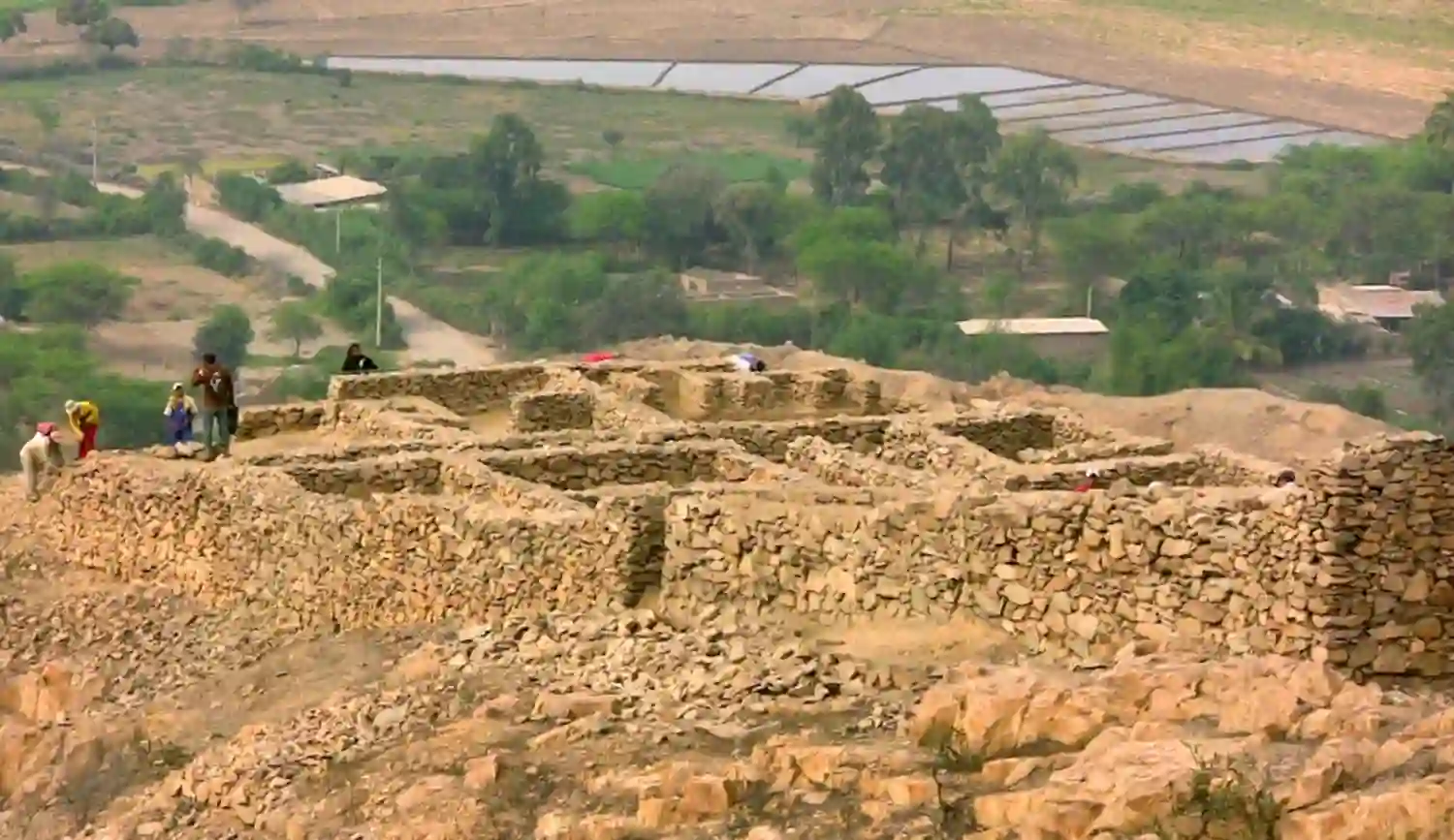
A Brief History of the Wari Empire
Between around 500 and 1000 AD you had this sprawling Andean powerhouse in the highlands. Its capital—Ciudad de Wari, or Huari—sits just a stone’s throw from modern‑day Ayacucho.
It wasn’t small time either; the Wari civilization, culture had monumental architecture, hydraulic systems, urban planning, and ceramics so advanced they likely influenced the later Inca Empire.
Why It’s Historically Important
This wasn’t just another ancient ruin—Wari shaped the Andes. Its urban planning laid groundwork for Inca roads and terraces, and the centralized city model echoed in what came after.
You’ll find vestiges of plaza spaces, temple platforms, multi‑room buildings, even a main temple—not fully restored but offering a glimpse into ancient Andean ingenuity.
And yes, their ceramics workshops show off decorative patterns that still influence artisan pottery in Peru today.
📍 Can You Visit the City of Wari Today?
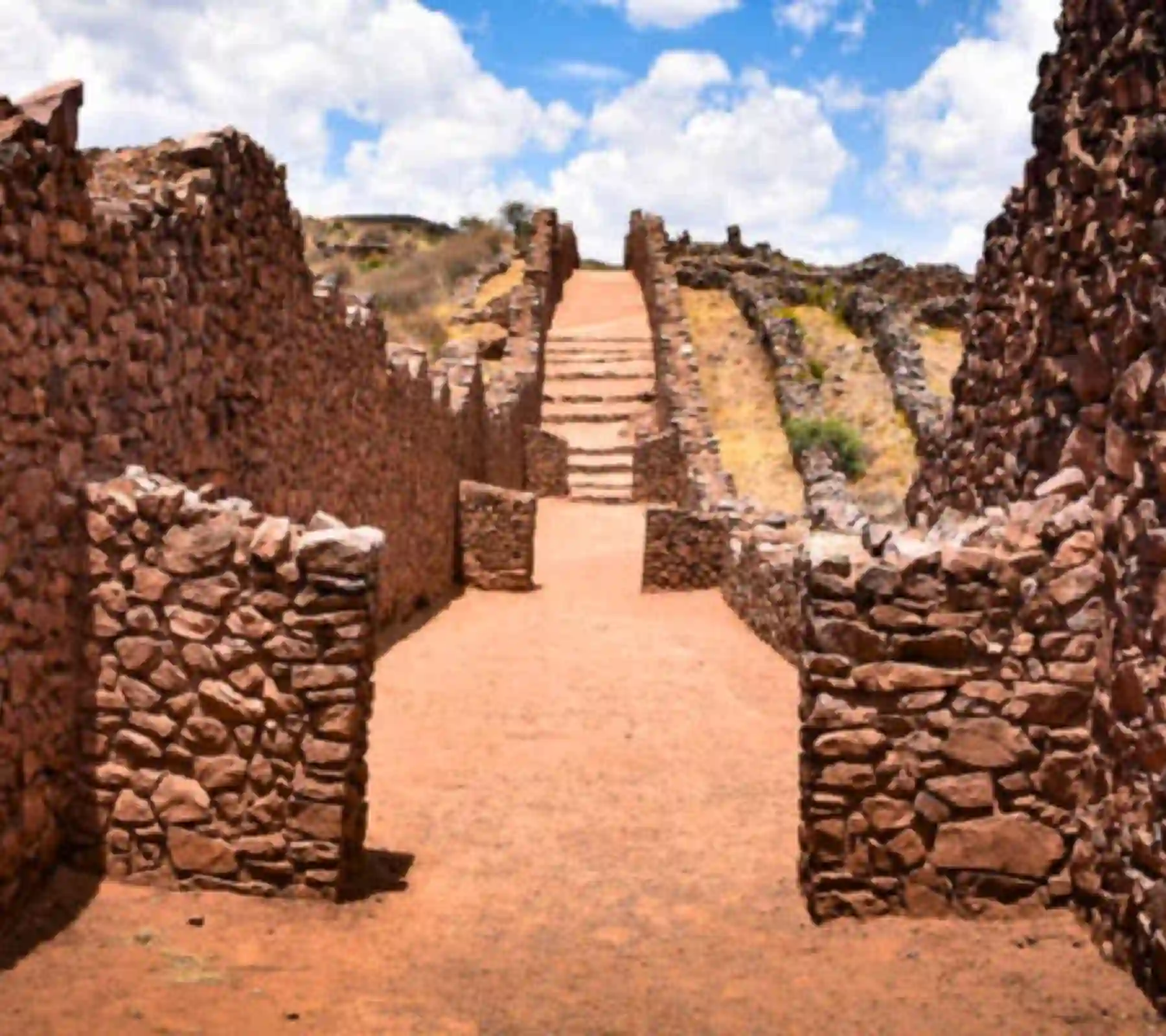
Yes… but it’s remote, and most people don’t know it exists
So, can you visit City of Wari? Absolutely. The Wari archaeological complex is open to the public, sitting about 22 kilometers northeast of Ayacucho.
But… it’s not going to greet you with glossy signs, shuttle buses, and a polished ticket counter. It’s one of those places that feels untouched. Like, really untouched.
You’ll find ancient city walls made of stone, sprawling residential areas, and partially restored ceremonial centers.
Some spots are roped off because excavation is still ongoing. There’s an on-site Wari Site Museum, though honestly… it’s tiny. But what it lacks in scale, it makes up for with eerie stillness and genuine historical depth.
Some visitors say the energy is “intense” — maybe it’s the altitude, or the quiet. Or maybe it’s just that feeling of walking where an empire once ruled, now mostly forgotten by guidebooks.
What You Might See During Your Visit
- Long stone corridors used for ceremonial gatherings
- Hydraulic systems and canals (some are surprisingly intact)
- Sections of the Great Temple and platforms for elite use
- Fragments of ceramic artistry in the museum
- A few interpretive signs (Spanish mostly)
- Wild vegetation creeping over architectural foundations
It’s not touristy… which is either a blessing or a bit jarring, depending on your travel style.
🚗 How to Get to the City of Wari
Getting to Ayacucho First
Your journey starts in Lima. From there, you’ve got two main options:
- Domestic flight: 1 hour, usually affordable and much easier
- Bus ride: 8–10 hours through winding mountain roads—long, but scenic
Once you reach Ayacucho, that becomes your base. The city itself is worth a look too. You’ve got colonial churches, the Plaza de Armas de Ayacucho, and ties to the Battle of Ayacucho, a turning point in the Independence of Peru. From here, you’re just under an hour from Wari ruins.
Ayacucho to Wari
This part is more DIY. The Wari archaeological site is located off a partially paved road northeast of town. Most people go by taxi or book through local travel agencies like A&R Tours.
You can also request custom stops to nearby attractions like the Pampa de Ayacucho or even the Wari Willka Site Museum.
Pro Tip: Hire a local driver or guide who knows the area — it’s not just about convenience. They’ll help interpret what you’re seeing, and they usually know when the museum is actually open (schedules aren’t exactly consistent).
| Route | Distance | Time | Notes |
|---|---|---|---|
| Lima → Ayacucho (flight) | ~560 km | ~1 hour | Daily flights, easy option |
| Lima → Ayacucho (bus) | ~560 km | 8–10 hours | Long ride, limited comfort |
| Ayacucho → Wari Ruins | 22 km | 30–45 minutes | Best via taxi or guide |
🧭 What to Expect During Your Visit
Site Conditions That Might Surprise You
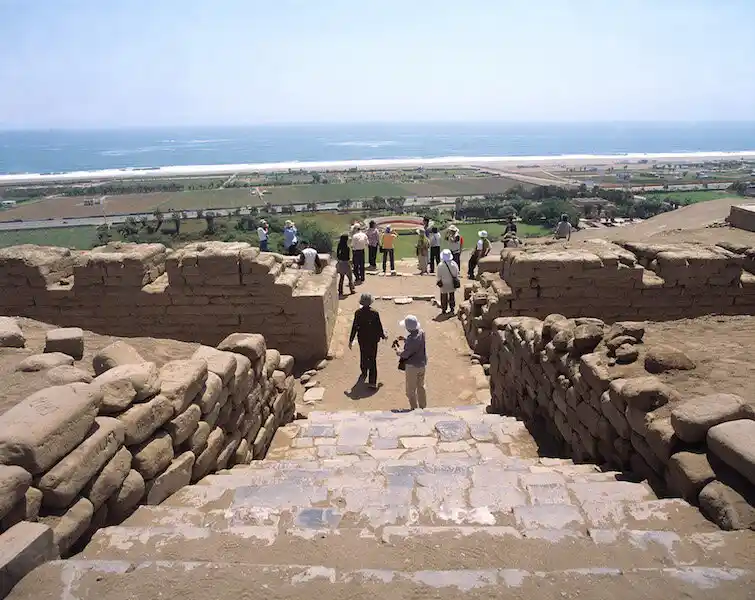
First off… don’t expect polished paths or fancy tour booths. This is not Machu Picchu. Visiting the Wari archaeological complex feels more like stumbling onto a half-forgotten chapter of South American history.
You’ll walk over uneven terrain where nature has slowly started reclaiming parts of the site. Some areas are grassy and open, others are shrouded in silence — it’s… oddly peaceful.
There are no massive crowds here. No vendors selling alpaca keychains. Most days, especially during the week, you might only bump into a couple of curious travelers and maybe a local school group on a field trip.
Still, there’s a certain raw magic in seeing structures that have stood for over a thousand years. Ceremonial platforms, scattered foundations, parts of the Great Temple — it’s all there, just not staged for selfies. You’ll need a bit of imagination… and a good pair of shoes.
Facilities on Site?
Minimal, honestly. Sometimes the bathrooms are open. Sometimes not. Same goes for the Wari Site Museum (also known locally as Museo Wari) — it tends to operate on its own internal rhythm. Bring water, a few snacks, and don’t count on mobile reception.
Common Sights Include:
- Excavated stone walls and multi-room layouts
- Remnants of ceremonial centers and administrative buildings
- Pottery shards and ancient ceramic patterns in the museum
- Traces of hydraulic systems from the Wari’s innovative water transport system
- Andean flora and fauna slowly growing around the structures
It feels like the kind of place that whispers, not shouts.
🌦️ Best Time to Visit the Wari Ruins
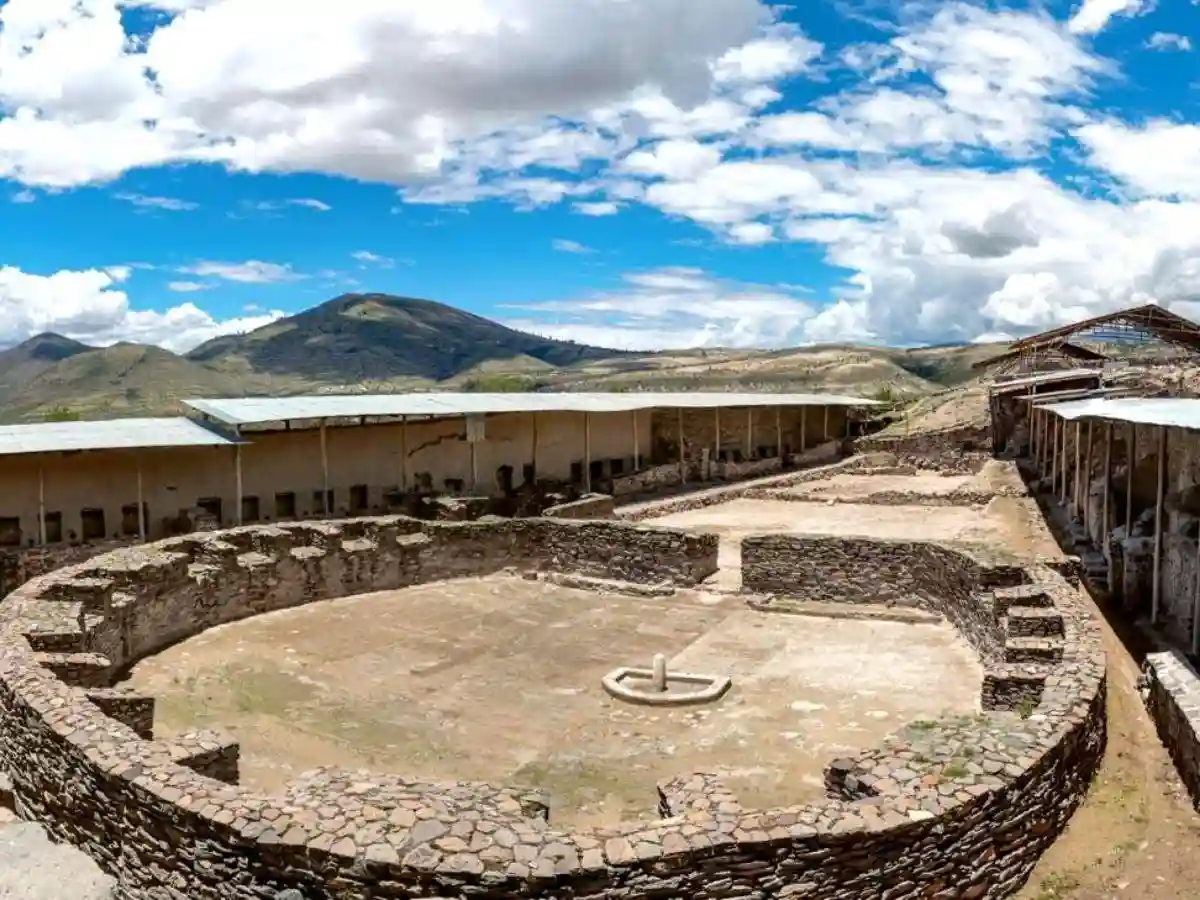
Timing Is Everything… Weather-wise and Otherwise
Like much of the Andean highlands, the area around Ayacucho has two basic seasons: dry and wet. Visiting during the wrong one can really change your tourist experience.
Dry Season (May to September)
This is when most travelers recommend going. Skies are clear, trails are dry, and the cooler air makes wandering the archaeological site far more pleasant. It’s also easier to access nearby places like Pampa de la Quinua or the Wari Willka Site Museum without worrying about muddy detours.
Wet Season (October to April)
Not impossible, just trickier. Rainstorms can hit suddenly, and while that dramatic mist rolling over the hills looks cinematic, it’s not so great for walking tours. Trails get slippery and local drivers might be less willing to take the bumpy road out to the ruins.
Best days to go?
Weekdays. That’s when you’re most likely to find the place quiet, the museum unlocked, and fewer crowds at nearby tourist attractions in Wari like the Plaza de Armas.
Here’s a quick breakdown:
| Season | Months | What to Expect |
|---|---|---|
| Dry Season | May–Sept | Cool temps, clear skies, ideal for photos and hikes |
| Wet Season | Oct–April | Lush scenery, but risk of downpours and muddy access |
| Best Times of Day | Morning | Cooler temps, fewer people, better lighting for photos |
Pro Tip: Local festivals around June and July in Ayacucho can add unexpected layers to your trip — traditional dances, parades, and yes… more traffic. Could be a bonus or a hassle depending on your vibe.
🧳 What to Pack & Prepare For Your Wari Trip
Packing Essentials for a Not-So-Touristy Adventure
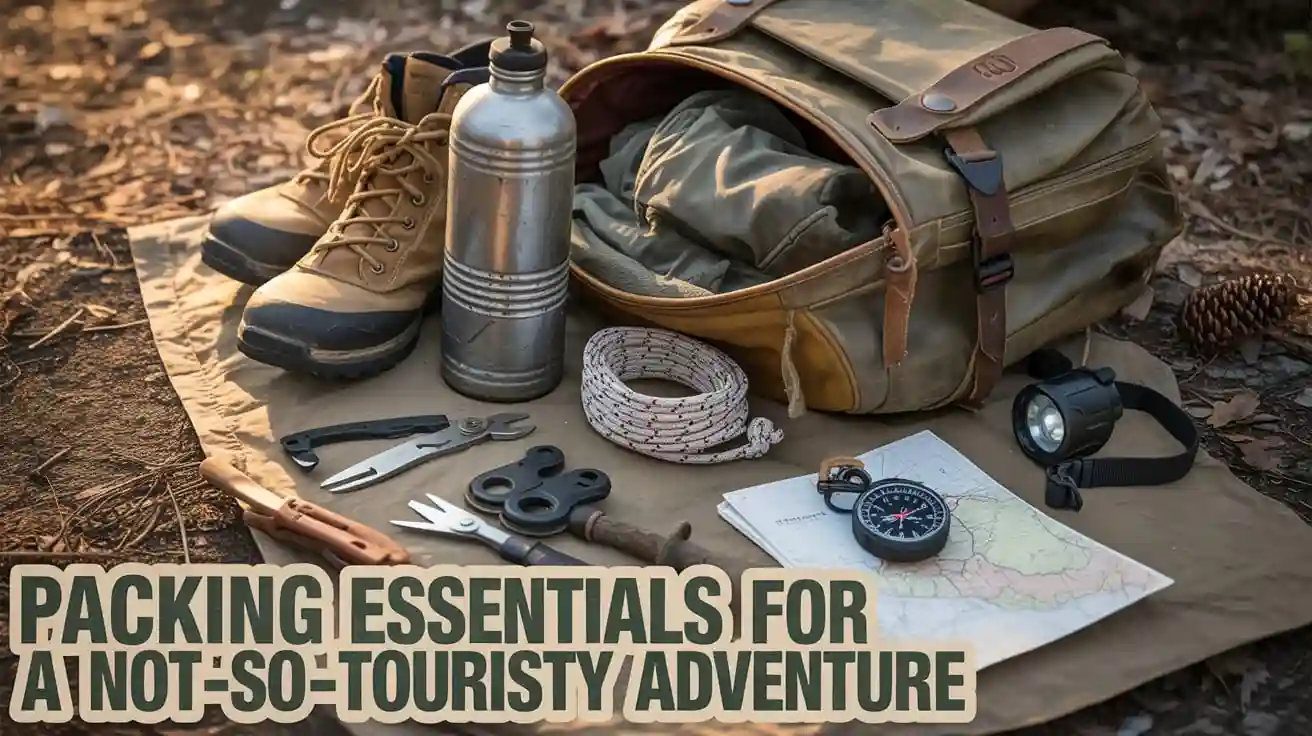
You’re heading to a high-altitude archaeological site tucked in the mountains of Peru — not exactly your average city break. So yeah, what you bring matters more than usual. A little prep goes a long way.
Here’s what should probably go in your bag:
- Comfortable hiking shoes (nothing fancy, just grippy soles for uneven trails)
- A wide-brimmed hat or cap (sun hits hard at altitude)
- Sunscreen — even if it’s cloudy
- Reusable water bottle (there are no vending machines nearby)
- Basic first aid (blisters, bug bites… that kind of stuff)
- Spanish phrasebook or translation app (you likely won’t see much English signage)
Oh, and don’t forget snacks. The Wari archaeological site has zero shops or restaurants. A pack of trail mix or some coca candies can save the day.
Optional Add-ons If You’ve Got Time to Spare
If you’re building out a full day or even a weekend around your Wari visit, here are a few extras worth considering:
- Vilcashuamán: Another ancient Wari site with Inca overlays and a stepped pyramid in the town square.
- Ayacucho’s Artisan Markets: Handmade textiles, ceramic artistry, and jewelry — most of it created using techniques passed down for generations.
- Colonial Churches Tour: Ayacucho is known for its 30+ churches. Not all are open, but many have real charm and historical depth.
- Ceramic Handicraft Workshops: Some offer quick demos or hands-on sessions if you’re curious about the ceramic process.
Pro Tip: If you’re sensitive to altitude, give yourself at least a day in Ayacucho to adjust before heading up to the Ciudad de Wari. Even though it’s not extreme, the extra time helps you acclimate — and enjoy the hike more.
🌍 How the Wari City Compares to Machu Picchu
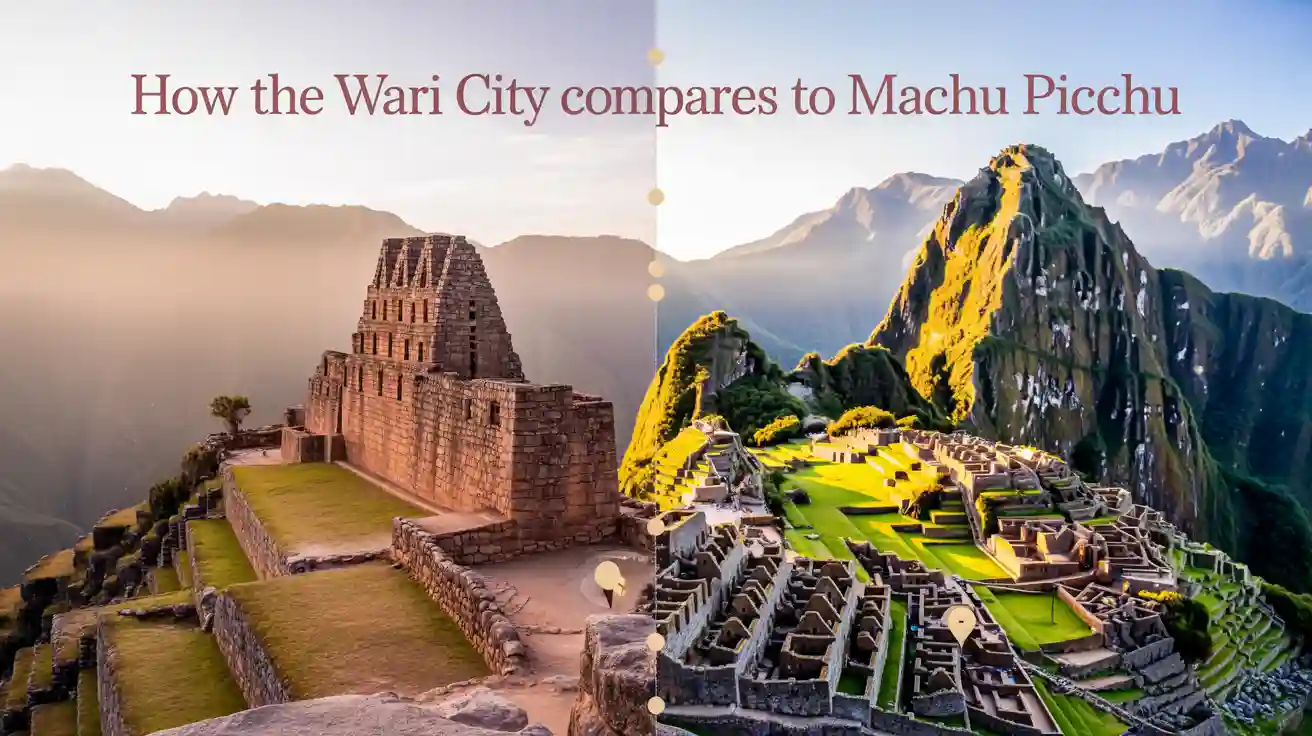
It’s Not a Replacement… But Maybe That’s the Point
A lot of travelers, especially those already doing the Inca Trail tours or heading toward Lake Titicaca, ask whether visiting Wari is “worth it” compared to Peru’s superstar sites. And well… it depends what you’re hoping for.
Both the Wari city and Machu Picchu are nestled in the Andes. Both were built by advanced civilizations. And both showcase incredible architecture, water systems, ceremonial centers, and panoramic mountain views.
But the vibe? Totally different.
Here’s a quick comparison:
| Feature | Wari Archaeological Complex | Machu Picchu |
|---|---|---|
| Accessibility | Less developed, fewer tourists | Tourist-ready, well-marked |
| Atmosphere | Quiet, raw, introspective | Crowded, polished, photogenic |
| Infrastructure | Basic (almost no signage) | Full visitor services |
| Historical Era | Wari Empire (pre-Inca) | Inca Empire (later) |
| Visual Drama | Subtle ruins | Iconic, postcard-worthy views |
| Crowd Level | Low, even during peak months | Always busy |
Wari Is Ideal If You…
- Prefer less commercialized sites
- Enjoy imagining what ancient life felt like rather than being shown with infographics
- Are into early Andean civilizations and the roots of the Inca
- Want time to wander, pause, or… just listen to the wind between ruined walls
You won’t get that “wow” photo for Instagram. But you might get a deeper connection to what came before.
📝 Final Thoughts
Visiting the City of Wari isn’t about ticking off another postcard landmark or following the crowds to a polished photo op. It’s about pausing somewhere quieter… somewhere older… and maybe seeing things a little differently.
The Wari archaeological complex doesn’t shout for attention. It sort of hums. Low and steady. And if you’re someone who likes slow walks through weathered stone alleys, overgrown corners of history, or just being somewhere that isn’t crowded with souvenir stands and guided megaphones, this place? It sticks with you.
So… should you go?
Only if you’re curious. Only if you’re okay with a bit of dust, a little wandering, and the possibility that your favorite moment might be standing silently on a hill, looking out over what used to be a civilization’s center — with nothing but wind and distant birdsong for company.
Because while the Wari Empire isn’t as famous as the Incas, the ruins still breathe. And they still have stories to tell. You just have to listen a little harder.
Looking for more Interesting Blog Posts? Explore The Ultimate Guide to Budget Trip Sasta – Save Money, Travel More
💬 Frequently Asked Questions
1. Is there a guided tour available at the Wari ruins?
Usually yes — though you’ll often need to arrange it in Ayacucho beforehand. Some local drivers also double as informal guides, which can add a great layer of personal insight.
2. Are there hotels near the Wari archaeological site?
Not directly at the site. Your best base is Ayacucho, which offers everything from simple guesthouses to mid-range boutique stays. Nothing super fancy, but comfortable enough.
3. Can you combine Wari with other attractions in Ayacucho?
Definitely. You can explore places like the Plaza de Armas de Ayacucho, Pampa de la Quinua, or even do a side trip to the Vilcashuamán ruins. It makes for a full, meaningful day or two.
4. Is Wari safe to visit as a solo traveler?
Generally, yes. Just take the usual precautions — let someone know your plans, carry a local SIM if possible, and avoid hiking alone at dusk. Most visitors find it peaceful and friendly.
5. What’s the best time to visit Wari?
May to September is ideal — it’s the dry season. Mornings are sunny and afternoons bring cooler air, which is great for walking the site comfortably.
6. Are there entrance fees to the site?
Sometimes there’s a small fee, sometimes not. It can vary based on who’s staffing the entrance (if anyone). Bring some small cash just in case.
7. Can I visit the Site Museum too?
Yes, the Wari Site Museum is located nearby and often included in guided routes. It’s small but gives helpful context — like ceramic patterns, historical layouts, and info on the hydraulic systems used in the city.
8. Is the Wari site accessible for people with mobility concerns?
It’s tricky. The terrain is uneven and not adapted for wheelchairs or limited mobility. If that’s a concern, consider contacting local agencies like A&R Tours to see what assistance might be available.
9. What’s different about Wari compared to Inca sites?
Wari architecture is more compartmentalized, almost maze-like. The empire itself predates the Incas, and while they don’t have the iconic terraces or Great Temple views, there’s a different kind of mystery — less restored, more ancient-feeling.
10. Is there wildlife around the site?
Yes, especially birds and high-altitude flora and fauna. Some travelers have even spotted Andean foxes. It’s technically part of Peru’s broader System of Natural Protected Areas.
Recent Posts
 15 Beautiful Places in Dallas Perfect for Photos & Picnics
15 Beautiful Places in Dallas Perfect for Photos & Picnics 14 Fun Places in Houston for Young Adults That Locals Recommend
14 Fun Places in Houston for Young Adults That Locals Recommend Why Is Daytona Beach So Dangerous? An Honest Look in 2025
Why Is Daytona Beach So Dangerous? An Honest Look in 2025 16 Unforgettable Things to Do in Kennebunkport Maine This Summer
16 Unforgettable Things to Do in Kennebunkport Maine This Summer Nantucket vs Martha’s Vineyard: What Locals Say You Should Pick
Nantucket vs Martha’s Vineyard: What Locals Say You Should Pick










